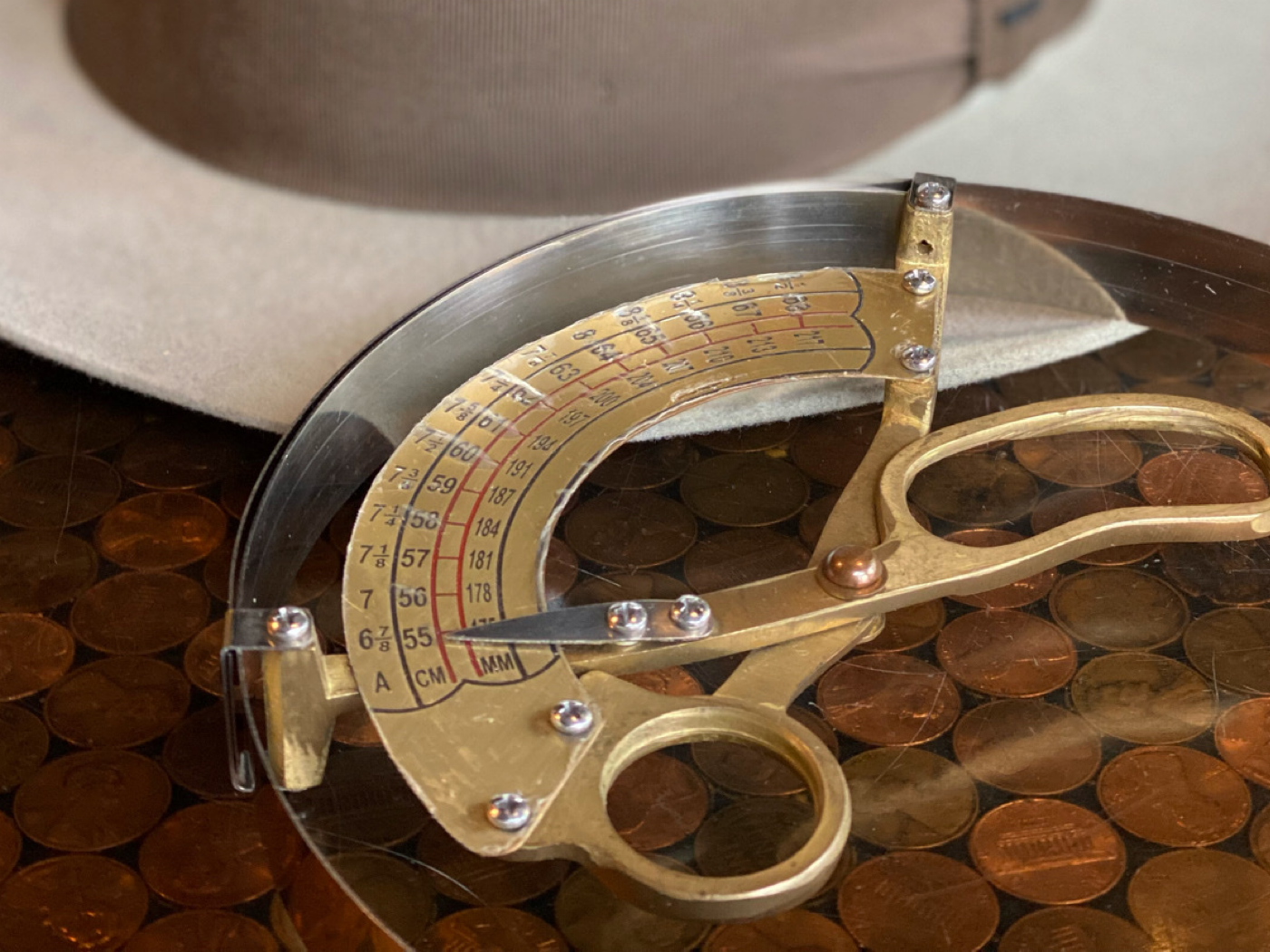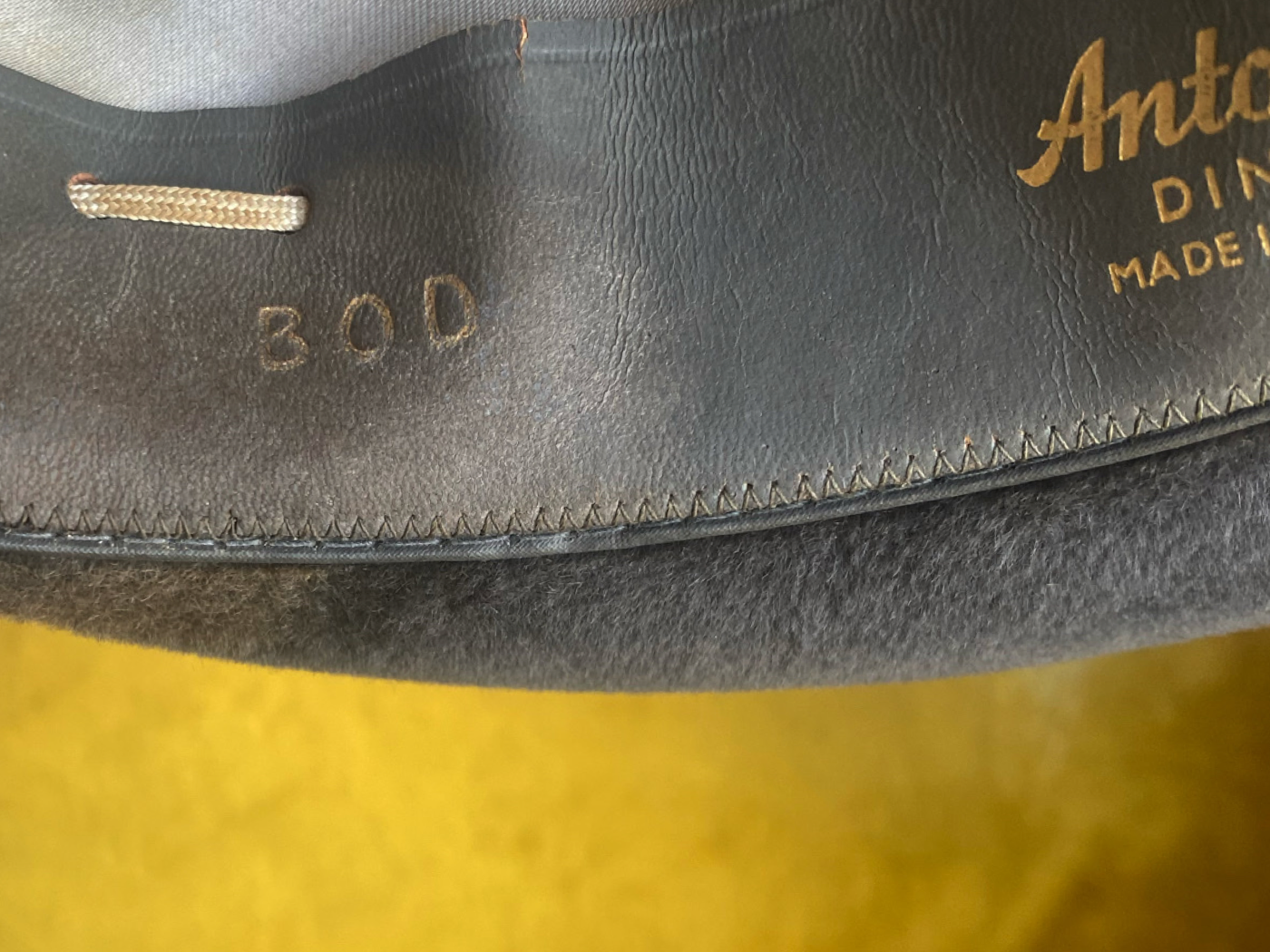A disclaimer to start: understanding size is only one (albeit one very important) part of getting the right fit. Check our Size & Fit Guide to get all the details on how to get a good fit.
If that title didn’t put you off, let’s get into it.
We’ve all had this experience: shopping for jeans and some of the pairs in your size don’t fit. Some are too big and some are too small. Sometimes, you try on two pairs of the same size in the same style and they fit differently. Whether it’s small differences during the manufacturing process or an intentional difference in what one manufacturer sets as a given size being different from another, it makes shopping harder. Hats are the same way.

The first point of difficulty comes in understanding what system the hat is measured in. There are at least four different ways to size hats:
- SML (small, medium, large, x-large, xx-large)
- Inches
- Centimeters
- Eighths (6 7/8, 7, 7 1/8, 7 ¼, etc.)
Some brands list multiple or even all of the sizing systems on their tags. Some just give one or none (I’m looking at you, OSFM, with my most serious suspicious eye). Confusingly, the inch and centimeter units don’t always line up with the actual hat measurement, not dissimilar to some menswear trousers. And not all brands agree on what a small is or what a 7 5/8 is.

If you Google image search “hat sizes” you’ll see a lot of charts that have different answers. It’s a total cluster %$#&. I personally hate size charts. I find that they’re rarely accurate and often confusing. It's for this reason, we provide an actual measurement in centimeters for every hat we sell.
Why centimeters? Adult head sizes typically fall in a two inch range of about 22 inches to 24 inches, with some outliers who fall about an inch in either direction (don’t worry, we watch out for you big melon and little noggin folks who rely on specialty hat stores like our for well-fitting hats). With only a two inch range and a base 8, we quickly get into a lot of fractions and despite every math teacher’s best effort, most of us still don’t like fractions, especially when their sixteenths or god forbid thirty-seconds. A centimeter is a finer unit of measure than an inch - there are about two and a half centimeters to every inch. This takes that two inch range is five centimeters. We give up to a half centimeter, which is just shy of a quarter inch (actually 13/64 – see what I mean about the fractions?!). All of which is a long way of saying, you get better than a quarter inch accuracy but only need a 0.5 to get there. Or to make a long story short, centimeters allow for fewer fractions and better accuracy.
The trouble with centimeters comes in with European hats. In Europe hats are sized in centimeters but the actual measurement and the size don’t always match. This is particularly noticeable in our hats from Mayser. They tend to be about a centimeter bigger than the size suggests. Italian hats tend to be a little smaller than the size suggests. I can’t tell you why. I can only tell you that it happens.

As we’re talking numbers, I’m going to roll right into eighths. Jimmy, my Stetson sales rep, refers to this system as “proper hat sizes,” (I like to imagine he’s conferred with a snooty British butler before making this assessment). This was someone’s brilliant solution to the issues of base 8 fractions with inches. In theory, your eighth size is your head measurement in inches divided by pi. The range is usually from about 6 1/2 to 8, with most styles being available between 7 and 7 5/8. You’ll see these on tags as 7, 7 1/8, 7 1/4, 7 3/8, etc. This is a more formal and traditional way of measuring menswear hats, most often seen on hats with leather sweatbands. The big caveat here is that even though this system is based on measurement divided by pi, not all brands stick to this. The measurements can vary quite a bit, not only across brands, but also hat to hat within a brand.
And finally, SML. One brand’s small is another brand’s medium. What can I say, it’s arbitrary kind of like sizing for jeans.
Want to measure your head accurately? We’ve got a video. All you need is a measuring tape in centimeters and a mirror.



